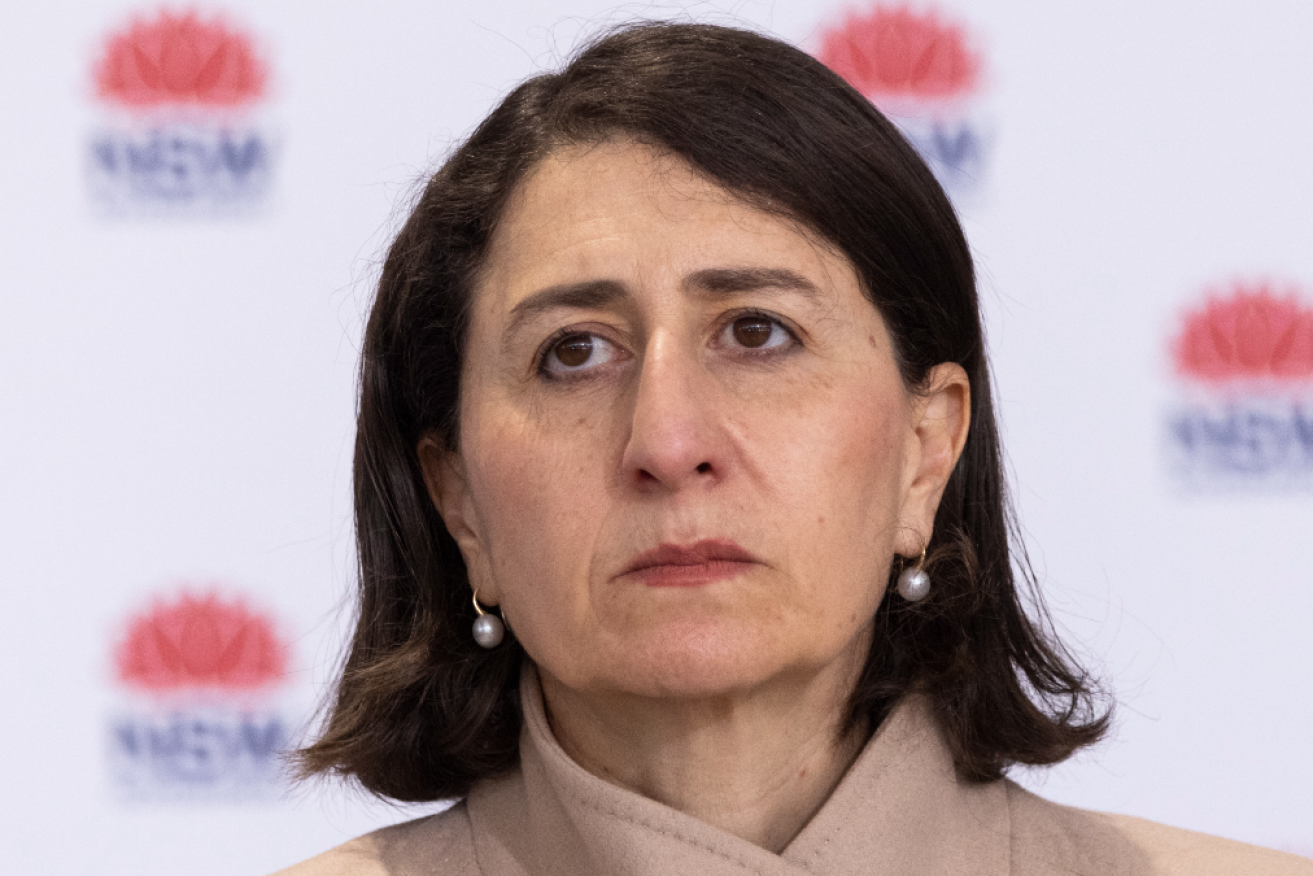Man in his 20s dies from COVID, NSW reports 233 cases


NSW will see daily COVID cases soar in coming weeks, experts say. Photo: AAP
NSW has reported 233 more local cases of COVID-19 and two further virus-related deaths amid concerns the virus is spreading rapidly through apartment buildings.
An unvaccinated man in his 20s was one of the people who died after contracting the virus.
He is the youngest person to die in NSW since the pandemic began. The previous youngest person was a 38-year-old who died a few weeks ago.
The other death announced on Wednesday was an unvaccinated woman in her 80s.
They take the toll from the current NSW outbreak to 17.
“It demonstrates again how this disease is lethal, how it affects people of all ages,” Premier Gladys Berejiklian said.
“Unfortunately, the gentleman wasn’t vaccinated, hadn’t had any dose of the vaccine. As we understand, the death happened quite suddenly.”
Chief health officer Kerry Chant said the man had complained of “feeling a little fatigued” but later deteriorated abruptly.
“We are aware that with COVID you can get sudden deaths and I think that is important to understand that your health status can deteriorate and you can have sudden death with a COVID infection,” she said.
She offered her “incredible condolences to his family” and revealed another person who had been with him when he died had since been admitted to hospital with the virus.
Ms Berejiklian said NSW health authorities were also particularly concerned about how quickly the virus was spreading through apartment complexes.
Residents of an apartment block in Campbelltown were reportedly in a severe lockdown on Wednesday after several residents were infected with COVID-19.
It’s the third unit complex to be locked down during the Sydney outbreak because of the virus, following similar action at other premises at Blacktown in Sydney’s west and Bondi Junction in the east.
“Please take note not to congregate in communal areas, not to stay or stand around in areas outside of your actual home, not to share lifts with other people, [and] not to use any facilities that may have been in touch with other people,” Ms Berejiklian said.
As authorities have come to expect during the current outbreak, a significant portion of Wednesday’s cases were out in the community for at least part of their infectious period – at least 68, with the isolation status of a further 73 still to be determined.
Officials have repeatedly said it is because the bulk of infections are in essential workers.
Of Wednesday’s 233 cases, 103 have been linked to a known case or cluster while the source of infection for 130 cases is under investigation.
NSW’s seven-day average for new cases is well over 200, with infections refusing to fall, despite what authorities say are “harsh” lockdown measures. Dr Chant said the number of people who weren’t isolating properly remained a significant challenge.
“The numbers are going up because we have a number of people infectious in the community. The numbers are going up because we are still having mixing with households,” she said.
“We are still having a small number of people that are not isolating effectively and are not isolating after a positive test.”
“We have to get work on multiple fronts. If there was a silver bullet for this it wouldn’t be so hard.”
The total number of cases linked to the current outbreak has risen to 4603 after two previously reported cases were excluded following further investigations.
There are 286 COVID-19 patients in hospital. They include 53 in intensive care, 23 of whom require ventilation.
Tweet from @NSWHealth
“Can we urge people to please heed the health messages,” Ms Berekilian said.
“Don’t leave home unless you absolutely have to. And please stick to the rules to make sure we reduce the case numbers moving forward.”
The grim figures come after NSW Health added more than 170 venues to the state’s list of COVID-19 exposure sites overnight.
The additions involved 275 different visits by positive cases and were so extensive that the state health authority did not list each one individually in a media release or on social media.
Almost 40 of the venues are Woolworths supermarkets, while some listings refer to locations that were visited by a positive case more than 14 days ago.
One case visited a Parramatta Centrelink four times over nine days.
– with AAP








